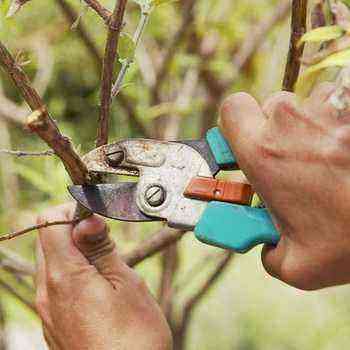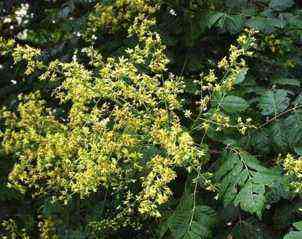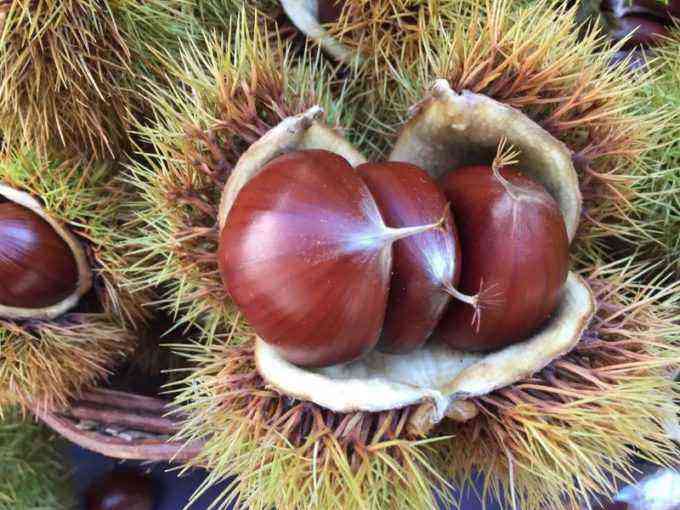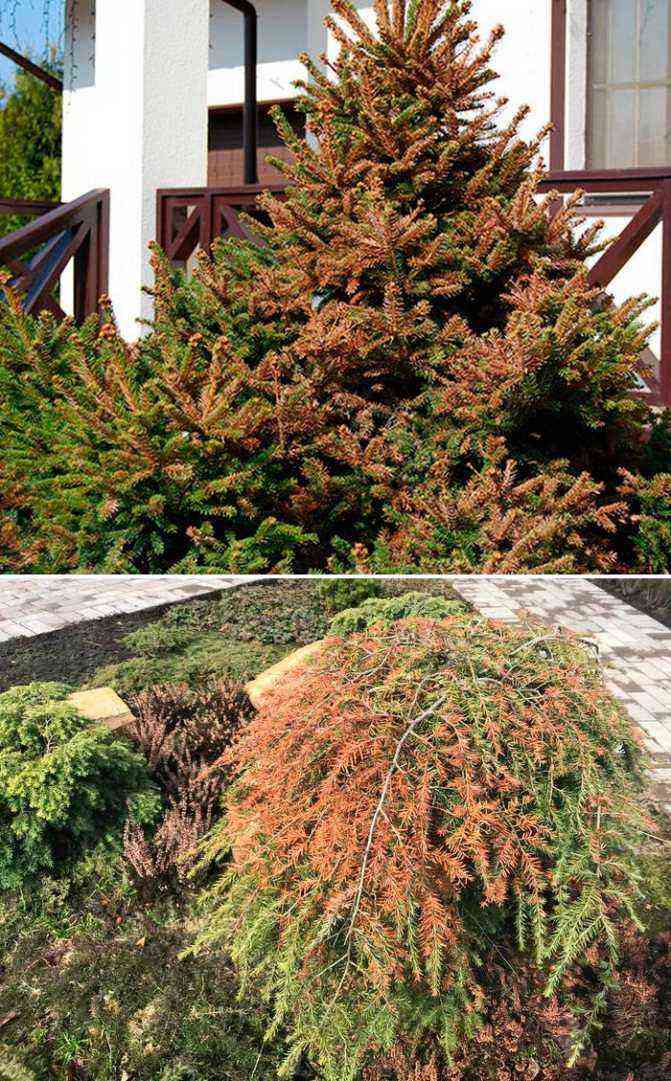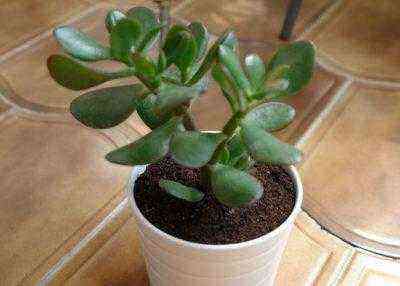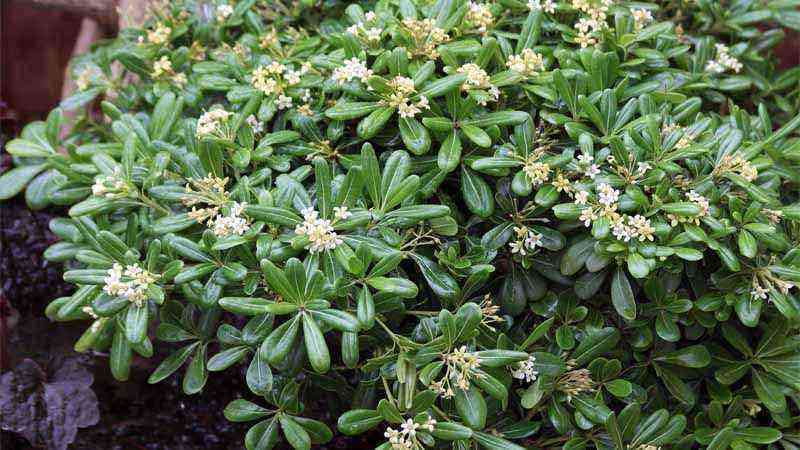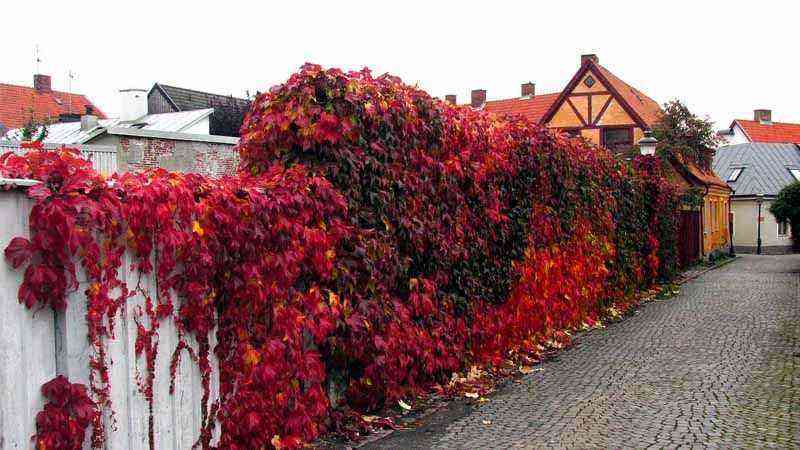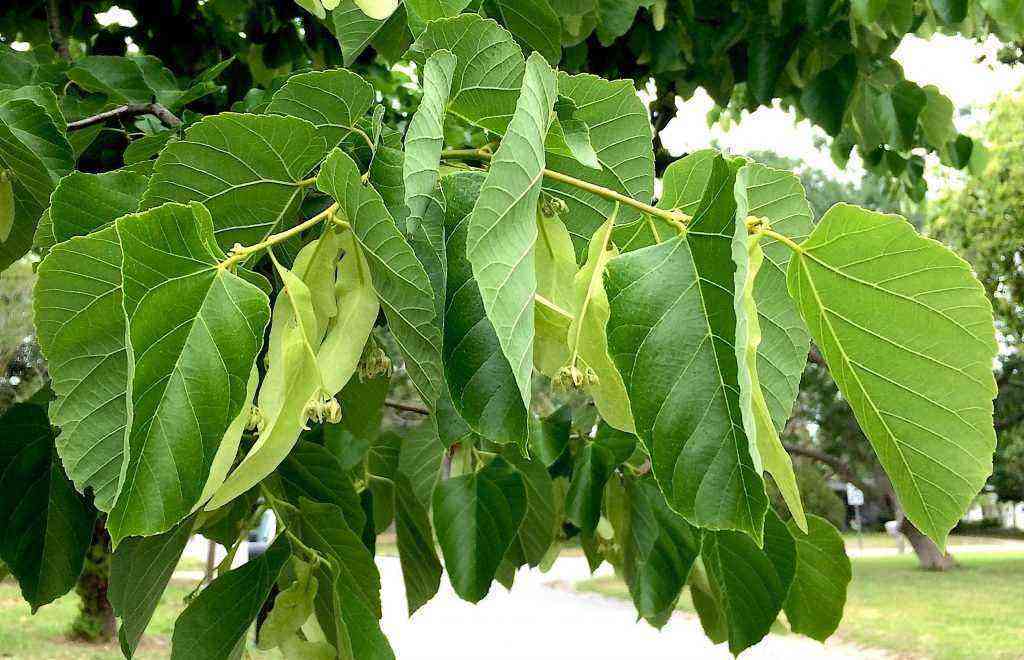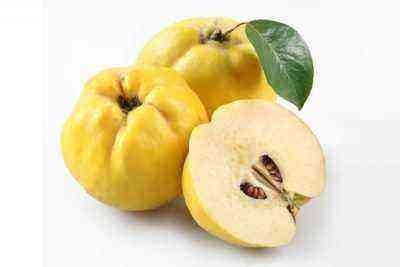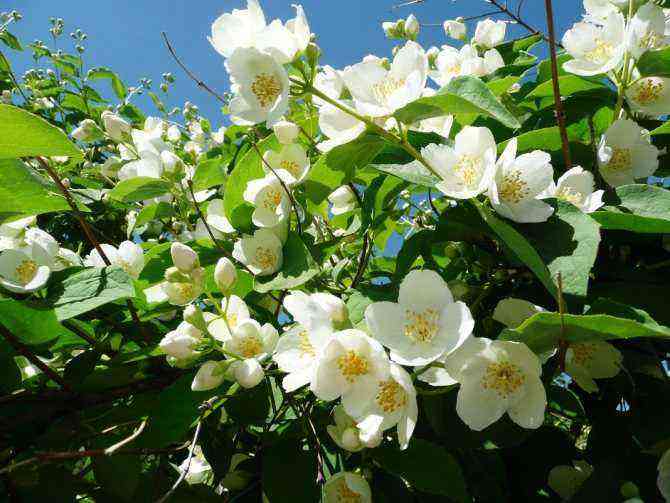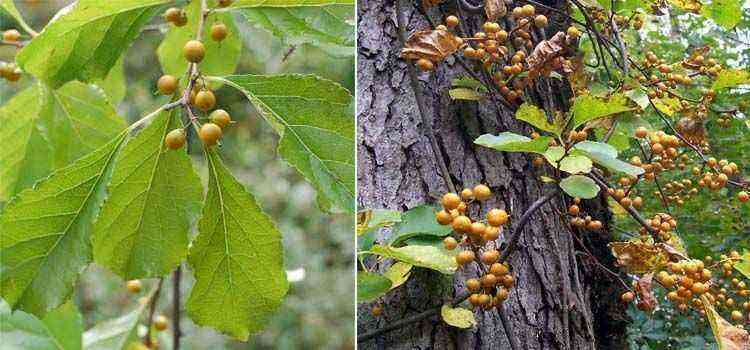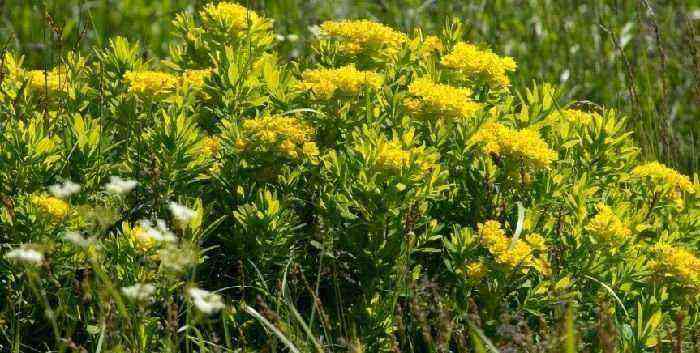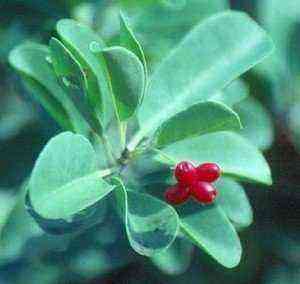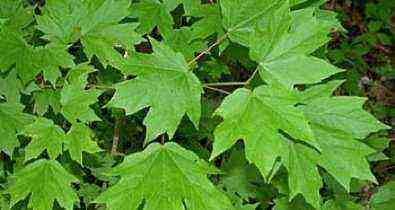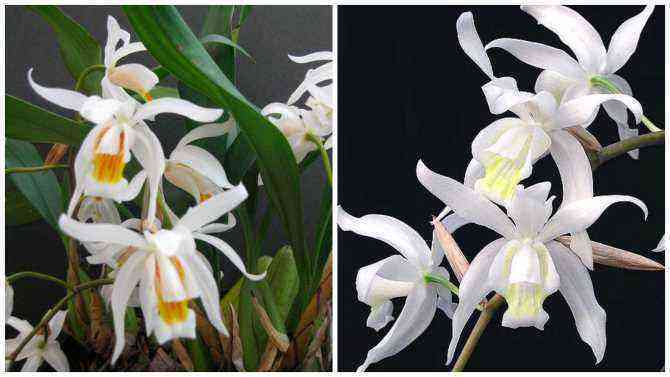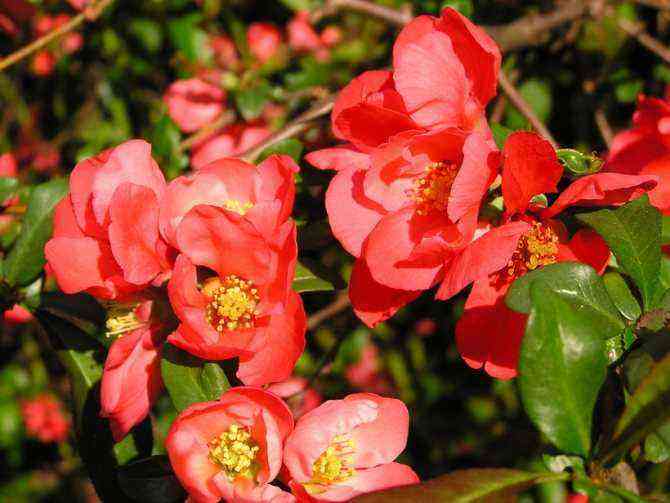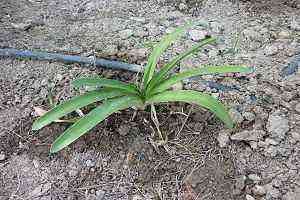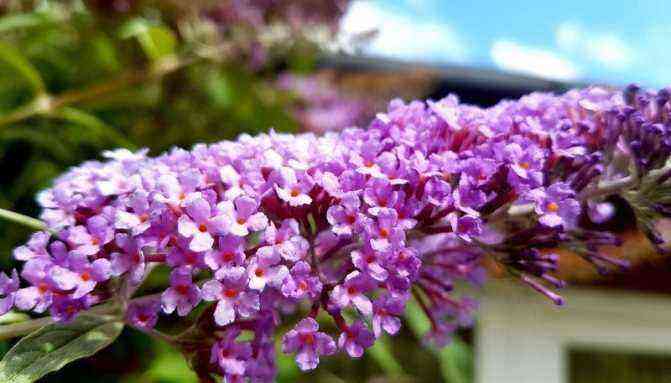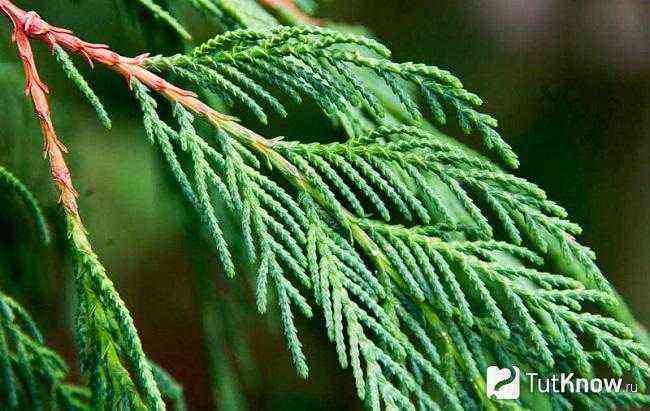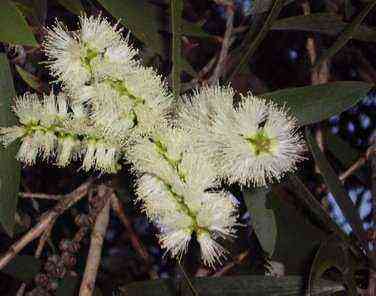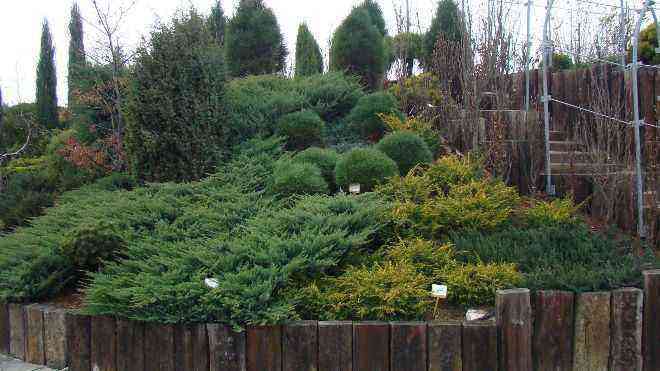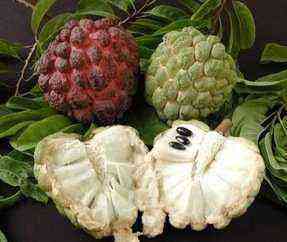Fourth and subsequent years
Starting from 4 years old, it is enough to simply thin out lilacs periodically. This should be done for 8 years inclusive. At the age of 9, the first anti-aging pruning is necessary.
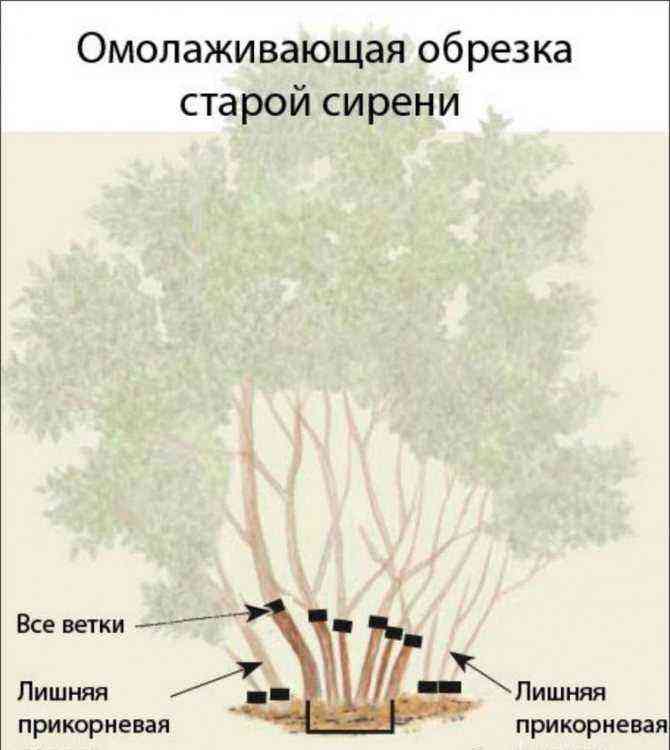

In some cases, the top is cut off to give a more bushy shape. But, you cannot reduce the height by more than a fifth.
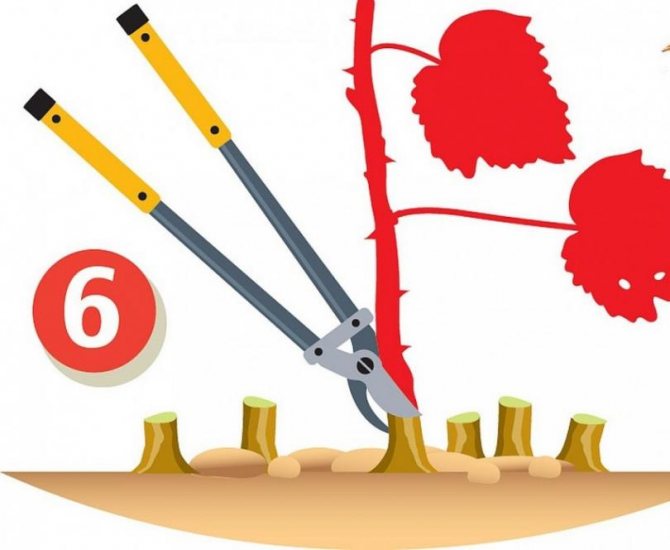

It is best to do these trims in the spring, before sap begins to move in the trunk. Crown thinning can also be performed in summer. In this case, you can only remove those branches that are not yet covered with wood.

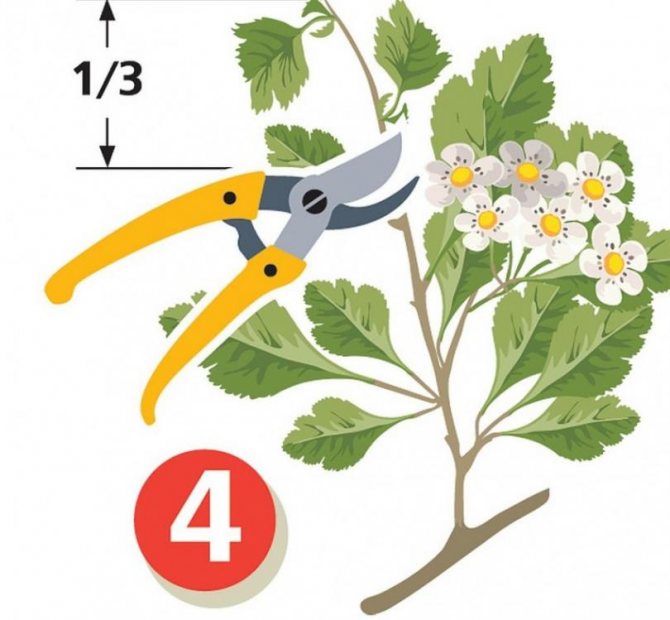
In the process of anti-aging pruning, the oldest branches are removed, and completely, a small stump should remain. Young twigs will form a new crown.
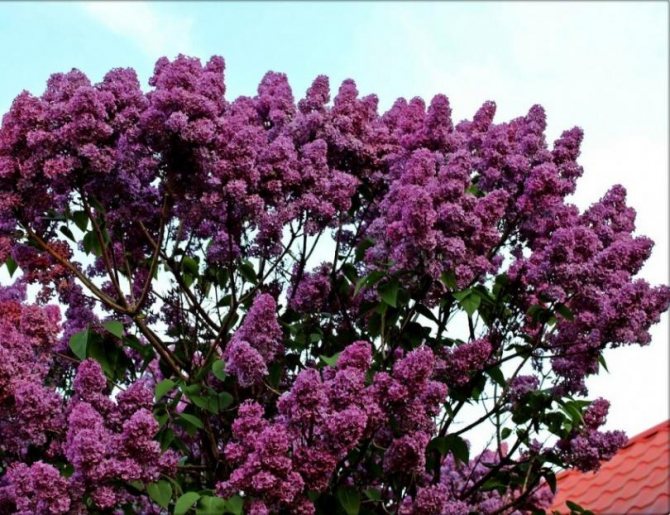

It is advisable to cut off old shoots gradually every year. If you cut off all the branches at once, the lilac will not bloom next season.
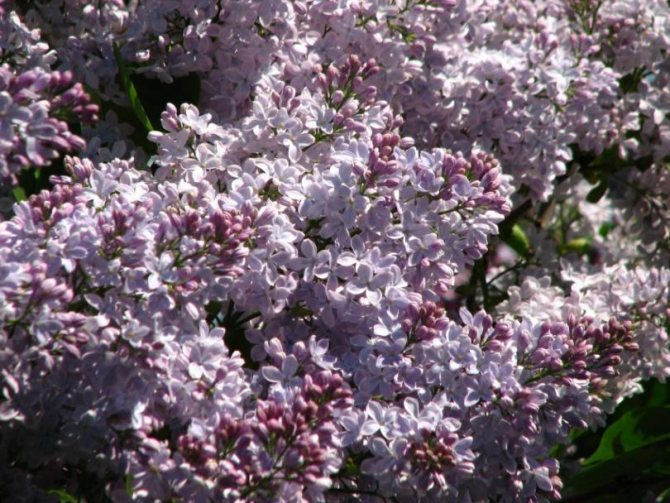
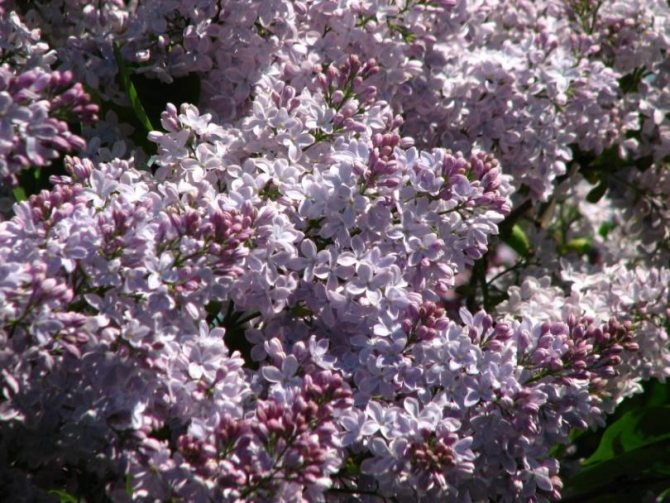
Cultivation history
In culture, lilacs have shown great variability. In 1613, a form with white flowers was discovered, giving rise to numerous varieties. Forms with purple, violet, light purple and other colors of flowers appear. In 1823, the first terry uniform was marked. The breeding of this species began about 150 years ago, first in Europe (France), and then in America. As a result, more than 1600 varieties have been developed that are widely used in ornamental horticulture, landscape gardening and for winter forcing. Its varieties, possessing great ecological plasticity, are stable in the middle zone of our country and are widespread in culture, comprehending in the north of the Solovetsky Islands. The species is also found in open plantings in some regions of Siberia, in the Far East and on Sakhalin. They are popular ornamental shrubs in landscaping.
Lilac bloom
Lilac varieties
There are a lot of varieties of lilacs, we will give only a few of them.
Andenken an Ludwig Spath
A multi-stemmed deciduous shrub with a lush, rounded crown, reaches 4 m in height and up to 3,5 m in diameter. The annual growth is 30 cm. Lives up to 110 years. Dark green leaves are heart-shaped with a pointed end, 5-12 cm long, entire, smooth.
The flowers are dark purple-red, large, fragrant. It blooms profusely in late terms.
Bailbelle / Tinkerbelle (Bailbelle / Tinkerbelle)
Dwarf lilac. The buds are bright cherry color. The blossoming flowers are delicate pink and very fragrant. This lilac variety has another unusual property, unusual for lilacs, it is the repeated flowering at the beginning of autumn.
Buffon
The shrub is capable of growing up to 4 m in height. The flowering period is about 20 days.
Differs in frost resistance, not afraid of drought. It is great for creating hedges. Many summer residents use the plant for zoning the site.
The buds are lilac-purple, the flowers are fragrant, light lilac with a pinkish tinge, up to 3 cm in diameter. Petals with raised edges, bending down. Inflorescences are large, multi-apical, abundant flowering, early.
Pearl (Zhemchuzhina)
Variety of early flowering. The buds are rounded, deep pink, the flowers are pale lilac-pink or pinkish-white with a pearlescent tint, then completely turn white. Inflorescences are large, strong aroma. Spreading crown, height more than 3 m.
Gilbert
Lilac Gilbert is a large deciduous shrub up to 2,5 meters high. The variety has a spreading crown and large lilac flowers that are resistant to fading. Hardy and light-requiring.
Pink Perfume
Repeated flowering hybrid lilac. It blooms in June, then again after the summer heat recession until the first frost. Re-flowering is less abundant. The buds are dark pink. The flowers are lilac-pink, very fragrant, in inflorescences up to 10 cm long, 7,5 cm wide, well suited for cutting. The bush is compact, 90 cm high, 120-180 cm wide. To improve re-flowering, it is recommended to cut off the faded inflorescences. An excellent plant for small gardens, rock gardens, looks beautiful on the shore of a small reservoir, suitable for planting in containers.
Captain Gastello
The variety is distinguished by spectacular inflorescences and abundant flowering. Flowers with long, helically curved petals, shaped like a propeller.
Flowers of this variety bloom slowly, at the beginning of flowering purple tones prevail in their color, in full dissolution – lilac-purple. Sprawling bushes, with thin shoots drooping under the weight of inflorescences. Blooms in medium terms.
Beauty of Moscow
This lilac is recognized by UNESCO as the best variety in the world! The flowers are large, double, fragrant, pinkish-white with a slightly visible lilac bloom, white by the end of flowering.
The Krasavitsa Moskvy variety is distinguished by good winter hardiness and drought resistance.
Krasnaya Moskva
Inflorescences of “Krasnaya Moskva” consist mainly of two panicles in the form of wide ribbed pyramids measuring 18 by 9 cm, differ in density and strength. The flowers are persistent, dark purple with prominent yellow stamens. Bushes are tall, straight. Moderate flowering.
Lucie Baltet
A beautiful pink-flowered lilac, and the color is extremely attractive – warm pink. The bush is medium-sized, up to 3,0 m in height, with a diameter of up to 2,5 m. The crown is spreading.
The leaves are large, smooth, dark green. Inflorescences up to 20,0 cm in length. When blooming, the buds become pale pink, shimmering in the sun with a copper sheen. Inflorescences are large, delicate. Blooms profusely and continuously, from mid-May for 3 weeks.
Top dressing of lilacs
In the first 2-3 years, only a small amount of nitrogen is introduced under the lilac: from the second year – 50-60 g of urea or 65-80 g of ammonium nitrate for each bush. Although organic fertilizers act much more efficiently on the plant, for example, from 1 to 3 buckets of slurry for each plant. To obtain a solution, one part of cow dung is diluted in five parts of water. Fertilizer is applied in a shallow furrow dug along the perimeter of the trunk circle no closer than half a meter from the trunks. Potash and phosphorus fertilizers are applied once every 2-3 years at the rate of 30-35 g of potassium nitrate and 35-40 g of double superphosphate per adult plant. Granules are introduced to a depth of 6-8 cm with mandatory subsequent watering. But the best complex fertilizer for lilacs is a solution of 200 g of ash in 8 liters of water.
Pruning lilacs
Lilac pruning can be done in different months. Each of these procedures has its own meaning.
Pruning before flowering (i.e. early spring, between mid-March and early April) is important for several reasons. It leads to more intensive growth of side shoots. Helps to pre-leave only those branches on which buds appear. Thus, all the nutrients received by the plant will be spent on the growth of these parts. At this stage, it is easier to form the crown. You need to start pruning by removing all damaged branches. If they are broken, blackening has appeared on them, or branches have grown in a crooked shape – get rid of them. You also need to cut off very old branches. They can be identified by the following features: curved shape; the presence of lichen on them. But young shoots that have appeared over the past year may also be under attack. For example, if they grow in the center of the bush. They do not get sunlight, nutrients also reach in small quantities. And there is not enough room for intensive growth. They only overload the bush. It is also better to get rid of shoots that have not survived the winter cold. They can no longer be reanimated. But to cut off the upper parts of the branches, shortening the bush, is not worth it during this period. After all, there are also kidneys.
Pruning after flowering. During this pruning, the target is no longer old and damaged branches, because they are disposed of in early spring. Now you need to get rid of the inflorescences that dry out after flowering. If this is not done in time, then seeds will begin to form on them. And all the nutrients received by the plant will be transferred to them. It is also after flowering that long branches can be shortened. Now there is no need to worry about the developing kidneys. After pruning, you will notice that there are voids in the crown. There is nothing to be afraid of – by next spring they will overgrow, new shoots will form.
When is the best time to prune after flowering – right after flowering, or can you wait until autumn? For novice gardeners, this is a serious question. Pruning in the fall is not strictly prohibited. And if you did not have time to shorten the branches immediately after flowering, then you should do this in the autumn. But there is a risk that you will cut off parts with already forming buds. For this reason, flowering in spring may not start at all. So it’s best to prune before mid-summer.
Formative pruning. Pruning isn’t just for getting rid of damaged branches. With it, you can change the shape of the lilac. Usually, such procedures begin when the bush reaches the age of three years. Pruning needs to be planned in advance because it will take several years to create the shape. In the first year, you will have to get rid of a lot of branches. Ideally, no more than four should be left. These should be the strongest and smoothest branches on which there is no damage. Also, they should all be directed in different directions. That is, even if there are two branches that are ideal for the formation of a bush, but they grow side by side and are directed in the same direction, you will have to get rid of one of them. It is also necessary to shorten the remaining branches by about half. They should all end at approximately the same level. By the second year, forks will appear on the tops of the abandoned branches. It will also have to be worked on, leaving only those forks that have become the strongest. In the third year and further, you need to repeat the same actions – to get rid of weak growth, maintaining the necessary shape. In the future, you also need to control the resulting shape and prevent the formation of a large number of branches.
Stamp trimming In this way, you can get a small tree. Firstly, it is a more unusual and beautiful form. Secondly, in this way you will protect the bush from external influences.
In the first year, immediately after planting, cut off all side branches. You need to leave only the central one, which is the strongest and strongest. During this year, remove the young shoots that appear laterally on the remaining stem. In the second year, when the lilac grows to the required height, you need to stop its growth in this direction. To do this, pinch the bush, that is, remove the top. As a result, the shoots will begin to grow to the sides. But you will have to get rid of most of the shoots, keeping no more than four of the strongest ones. It is these branches that will become the basis of the tree. In the future, you need to proceed in the same way as with conventional formative pruning. That is, every year to process these skeletal branches, leaving the strongest growths on them, to adjust the length of the branches.
Planting lilacs
Lilacs, unlike other shrubs and trees, are best planted from the second half of July to early September. Planting lilacs in spring or autumn is impractical, since the plant does not take root well and practically does not grow in the first year. Lilacs are planted in well-lit areas. The plant prefers moderately moist, humus-rich soils.
When purchasing lilac seedlings, pay attention to the state of their root system: it should be developed and well-branched. Before planting, the roots are shortened to 30 cm, broken, diseased or dried roots are removed. Too long shoots are also shortened, and the damaged ones are removed.
Depending on the type and variety of planted plants, the distance between lilac seedlings should be from 2 to 3 m.
First you need to prepare planting pits with steep walls. The size of the pits in soils with good or medium fertility should be 50x50x50 cm, and when planting in sandy or poor soil, the size is doubled with the expectation that when planting, the pit will be filled with a fertile substrate consisting of humus or compost (15-20 kg ), superphosphate (20-30 g) and wood ash (200-300 g). If the soil in the area is acidic, then the amount of ash is doubled.
At the bottom of the planting pit, a layer of drainage material (expanded clay, crushed stone, broken brick) is laid, on which a hill of fertile soil mixture is poured. The seedling is placed in the center of the pit on a hill, its roots are straightened and the pit is filled to the top with the substrate. The root collar of the seedling should be 3-4 cm above the surface level.After planting, the plant is watered abundantly, and when the water is absorbed, the trunk circle is mulched with a layer of humus or peat 5-7 cm thick.
